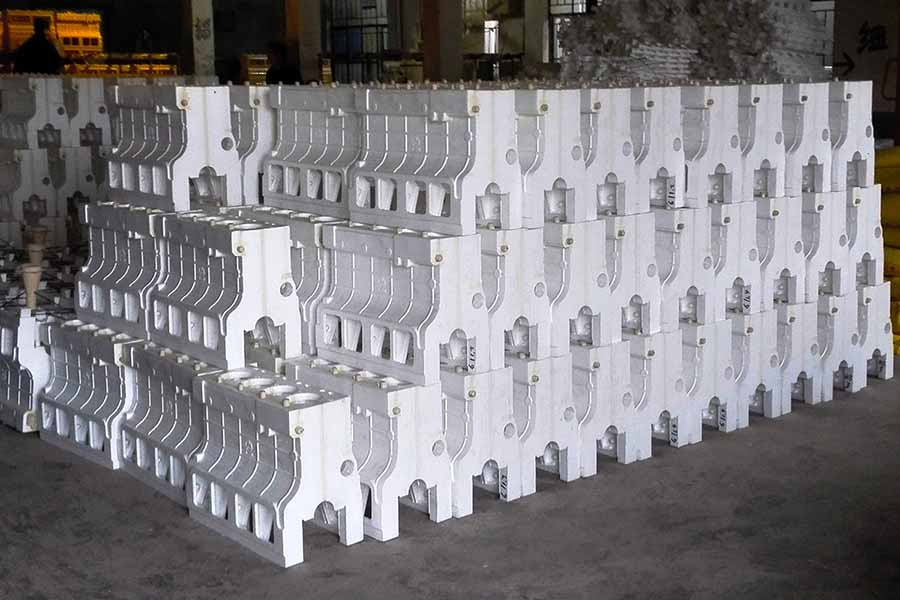When it comes to metal casting, there are two main methods: lost-foam and full-mold. But what’s the difference between them? And which is better for your project?
Here’s a breakdown of each process so you can decide which is right for you.
The Difference Between Lost-Foam and Full-Mold Casting
When it comes to casting metal parts, there are two main processes used in industry today: lost-foam and full-mold casting.
While both methods are effective for creating high-quality metal parts, they differ in a number of key ways.
With lost-foam casting, the shape of the part is first modeled in a material such as wax or foam and then burned or melted away during the actual casting process.
In contrast, with full-mold casting, a shape is typically made directly out of sand or another moldable material. Then, molten metal is poured into this preformed cavity to form the finished part.
At first glance, these two methods might seem quite similar. However, there are several distinct advantages and disadvantages associated with each approach.
For example, lost-foam casting tends to be more energy efficient than full-mold casting since less heat is required to burn away the initial mold material and melt the final casting metal.
Additionally, because lost-foam cast parts have less surface area than full-mold cast parts due to the presence of internal surfaces within the original wax model, they will typically take less time and energy to cool once solidified from molten metal.
By contrast, while full-mold cast parts may require additional labor intensive finishing steps such as tools or grinding in order to achieve smooth surfaces that look professional and are free of defects, they also tend to offer greater design flexibility since there is no need for internal components like cooling channels that can be present in some cases during lost-foam casting.
Ultimately, choosing between these two approaches will depend on a variety of factors specific to each individual project, including cost considerations and manufacturing timescales as well as the size and complexity of the desired part itself.
Nonetheless, by understanding how each method works and what its benefits and drawbacks might be, it is possible for manufacturers to choose wisely among these two popular techniques for creating high quality metal parts.
Which is Better for Your Project?
While there are several different casting methods available, choosing the right one for your project can be a bit tricky.
On one hand, lost-foam casting is quick and straightforward, making it ideal for simple or low-volume projects.
On the other hand, full-mold casting involves more complex steps and processes, but it also yields more accurate and detailed results.
Ultimately, when deciding which type of casting to use for your project, it’s best to consult with a professional who has experience in both methods.
This way, you can weigh the pros and cons of each approach based on your specific goals and needs, ultimately choosing the option that will provide the best results for your project.
So whether you’re looking to create prototypes or small-scale production runs, always consider consulting with experts in lost-foam and full-mold casting before making your final decision.
Conclusion
So, which is the better casting method for your project? It really depends on the specific circumstances. Lost-foam casting is generally faster and cheaper, but full-mold casting can produce better results. Ultimately, it’s up to you to decide which method is best for your project.





